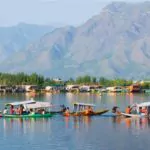Best Time To Visit Varanasi: Traveller’s Guide
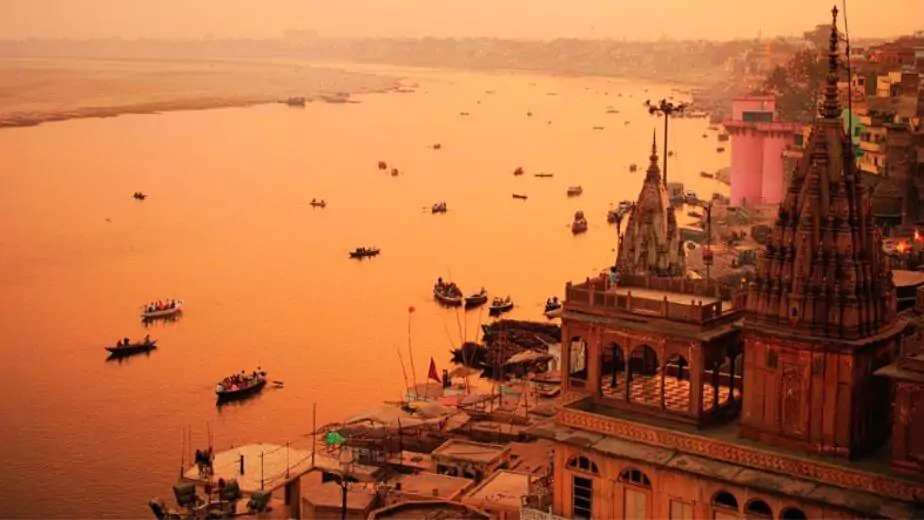
Varanasi, a city that resonates with the chimes of temple bells and the sacred murmur of the Ganga Aarti, is not merely a destination but a journey into the heartbeat of India’s profound spirituality and cultural tapestry. As one of the oldest living cities in the world, Varanasi – also known as Kashi or Banaras – is a fusion of the ancient and the contemporary, a blend that draws tourists and devotees from all corners of the globe. But when is the best time to visit Varanasi? This guide will delve into that question while exploring the city’s spiritual magnificence and its captivating tourist attractions.
- Best Time To Visit In Varanasi
- Kashi Vishwanath Temple
- Banaras Hindu University
- Holy River Ganga and the Ghats
- The Ghats and Temples: A Spiritual Circuit
- Varanasi's Divine Feminine: Goddess Durga
- Celebrating Lord Ram and the Epics
- Varanasi’s Pantheon of Temples and Deities
- Witnessing the Grandeur of Aarti Rituals
- The Spectacle of Life and Death
- The Architectural Marvels and their Stories
- Art, Silk, and Savouries: The Cultural Imprint
- The Serenity of the Ghats and the Chaos of the Streets
- Discovering Varanasi’s Museums and Art Galleries
- The Resonance of Festivals
- The Grand Edifices and Sanctuaries of Faith
- Conclusion: A Pilgrimage for the Soul
1 Best Time To Visit In Varanasi
The best time to visit Varanasi is from October to March when the weather is pleasantly cool and suitable for exploring the city’s labyrinthine alleys and the vibrant Ghats of the Holy River Ganga. The winter months, particularly, offer a mystical foggy charm at sunrise during the boat rides on the river, making for an unforgettable experience.
2 Kashi Vishwanath Temple
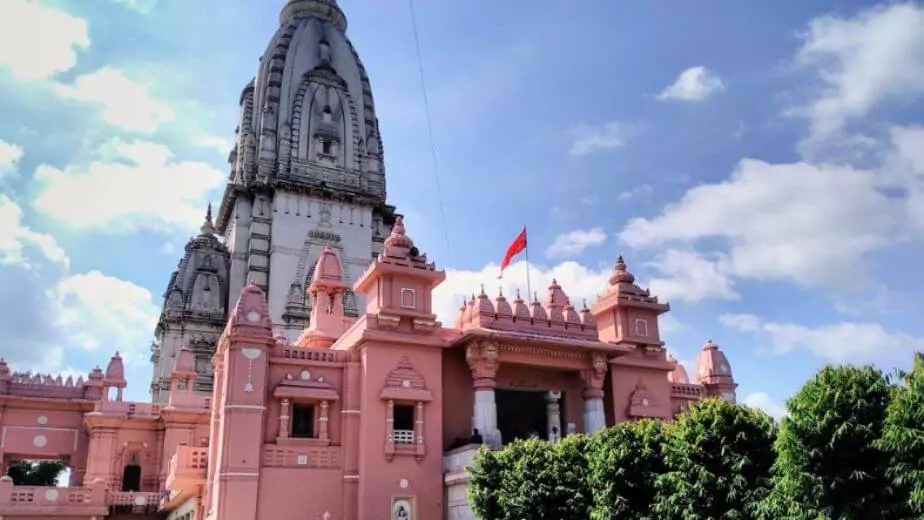
Standing majestically at the spiritual core of the city is the Kashi Vishwanath Temple, dedicated to Lord Shiva. This temple, part of the twelve Jyotirlingas, is a pivotal reason why devotees visit Varanasi. The temple complex, with its gold-plated dome, ensnares the essence of devotion and is a must-visit for anyone seeking to experience the divine presence of Lord Shiva.
3 Banaras Hindu University

One cannot speak of Varanasi without mentioning the Banaras Hindu University (BHU), India’s largest residential university. A beacon of education and culture, the university’s sprawling campus is home to the Bharat Kala Bhawan Museum, which houses a fine collection of miniature paintings, sculptures, and palm-leaf manuscripts.
4 Holy River Ganga and the Ghats
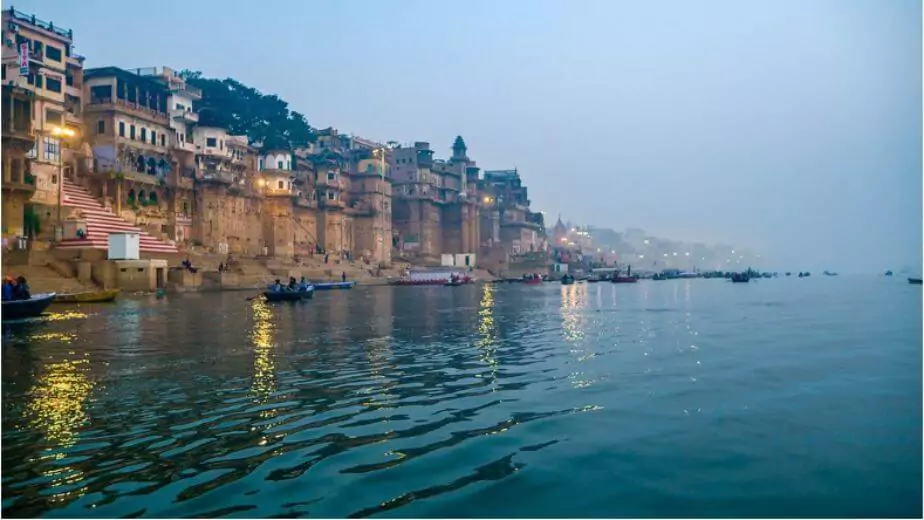
The holy River Ganga is the lifeline of Varanasi, and the famous Ghats that line her banks are the city’s soul. Assi Ghat, Dashashwamedh Ghat, Manikarnika Ghat, and Tulsi Ghat are among the oldest Ghats and offer a vivid tableau of life and death. A boat ride on the river at dawn or during the ethereal Ganga Aarti at dusk is a transcendent experience that epitomizes the essence of visiting Varanasi.
5 The Ghats and Temples: A Spiritual Circuit
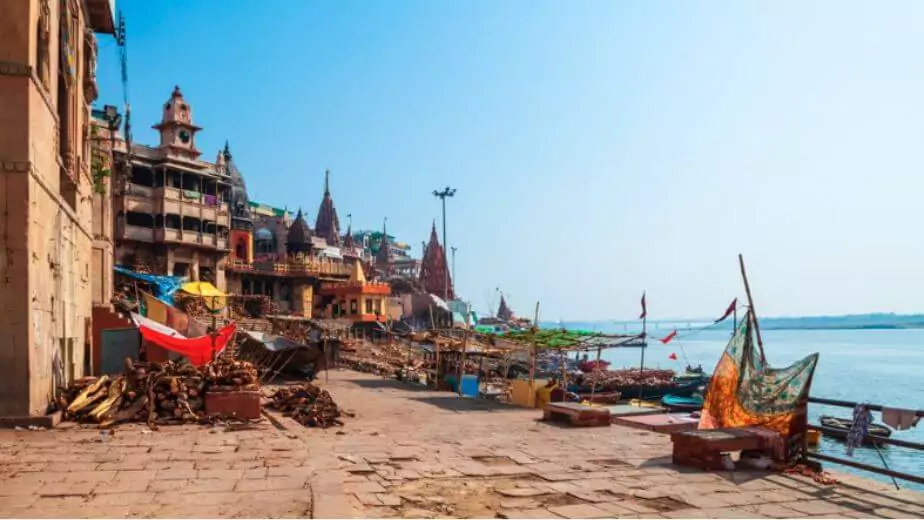
Assi Ghat is where pilgrims take holy dips and is famous for the Subah-e-Banaras, where the dawn is welcomed by music, yoga, and meditation.
Dashashwamedh Ghat is known for its elaborate and lively Ganga Aarti, a spectacle of fire and chants in adoration of the River Ganges.
Manikarnika Ghat represents the cycle of life and death, as it is the main cremation Ghat, integral to the Hindu belief in moksha (liberation).
Tulsi Ghat, named after the revered Hindu poet-saint Tulsidas, holds a historical and cultural significance as it’s believed that Lord Ram appeared before Tulsidas here.
The Nepali Temple, reminiscent of Pashupatinath Temple in Kathmandu, and the Tibetan Temple, with its serene ambiance, show the city’s embracing of varied spiritual expressions.
6 Varanasi's Divine Feminine: Goddess Durga
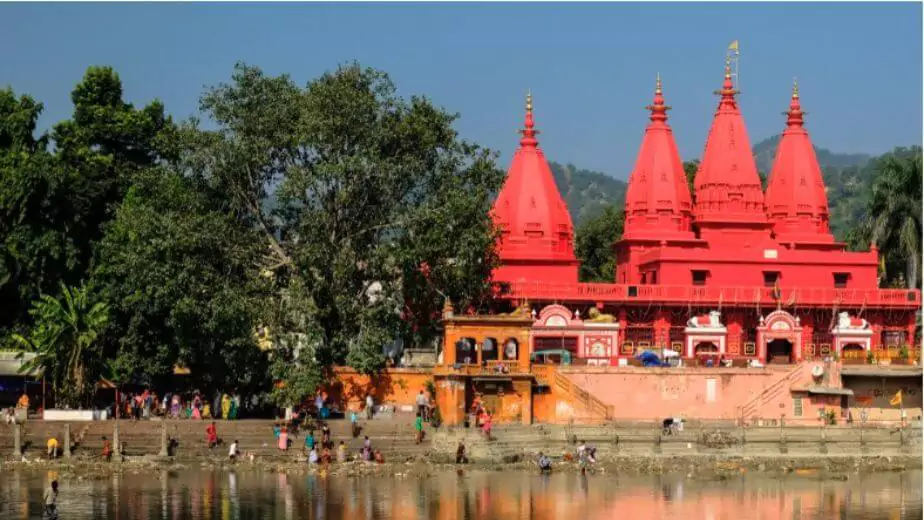
The Durga Temple, also known as the Monkey Temple, with its red hue and hundreds of monkeys, is dedicated to Goddess Durga. Legend has it that the idol of the goddess emerged on its own, and the temple was built to honor her.
The Varanasi Kashi Vishwanath Temple in BHU
The New Vishwanath Temple, located within the premises of BHU, is a modern replica of the original Kashi Vishwanath Temple. This sprawling temple complex was envisioned by Pandit Madan Mohan Malviya, the founder of BHU, and it welcomes all, regardless of caste or creed.
Cultural Heritage and the Observatory
The cultural heritage of Varanasi extends to the Jantar Mantar at Man Mandir Observatory, built by Maharaja Jai Singh, where ancient astronomical instruments still capture the imagination of visitors.
Ramnagar Fort and Museum: A Regal Legacy
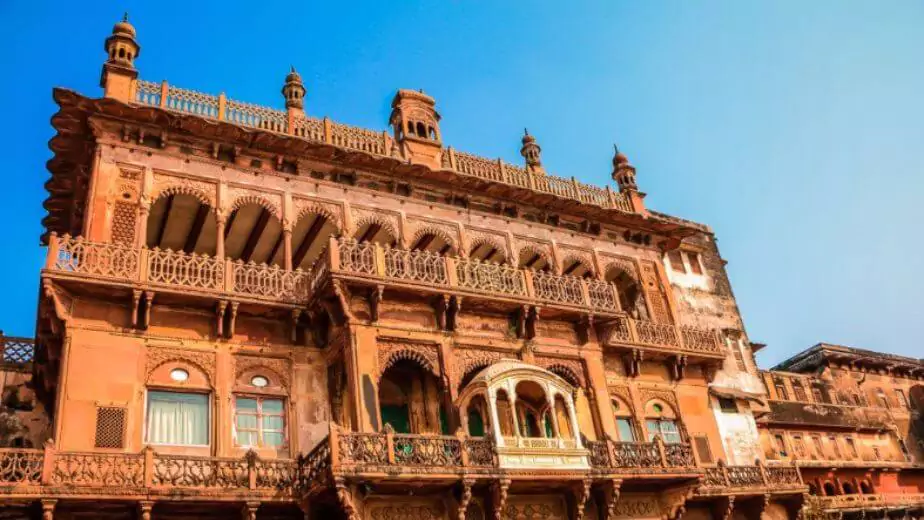
Across the River Ganga, the Ramnagar Fort stands as a magnificent palace built by Maharaja Balwant Singh. Now a museum, it showcases an exquisite collection of royal armouries, vintage cars, and an opulent Durbar Hall.
7 Celebrating Lord Ram and the Epics

Tulsi Manas Temple, where the Hindu epic Ramayana was penned by Tulsidas, and the Bharat Mata Mandir, which venerates Mother India, are important places that highlight the city’s deep roots in Hindu mythology. The Tulsi Manas Temple stands with its walls adorned with scenes and verses depicting the life of Lord Ram, while the Bharat Mata Mandir celebrates the nation, with a relief map of India carved in marble, a unique tribute to the country’s unity in diversity.
8 Varanasi’s Pantheon of Temples and Deities
The city’s landscape is dotted with myriad temples, each echoing the tales of Hindu deities. The Sankat Mochan Hanuman Temple is devoted to Lord Hanuman, the remover of sorrows, and is a sanctuary for countless devotees visiting Varanasi. At the Batuk Bhairav Mandir, you will find a deity that is considered to be the guardian of the sacred city.
9 Witnessing the Grandeur of Aarti Rituals

The Ganga Aarti at the Dashashwamedh Ghat is a theatrical performance of devotion. As priests swing large fiery lamps in elaborate patterns, chanting hymns and mantras, the devotees become part of the rhythm and energy that is said to reach the heavens.
10 The Spectacle of Life and Death
The Manikarnika Ghat, one of the most famous Ghats, reveals the stark reality of life and death, where the eternal fires of cremation remind the onlooker of the impermanence of life. It is believed that a dip in the holy waters near this Ghat absolves one’s sins and that cremation here grants moksha.
11 The Architectural Marvels and their Stories

Not far from the Ghats, the Rana Mahal Ghat showcases a magnificent palace built by Maharaja Rana Jagat Singh of Udaipur. Nearby, the Lalita Ghat houses the Nepali Temple, a wooden structure reminiscent of Kathmandu’s architecture, established by the King of Nepal.
Varanasi Established by Divine Intervention
Myths tell that Varanasi was established by Lord Shiva, making it one of the holiest cities. The revered Shiva Temples, including the Kedar Ghat’s Shiva temple and Kashi Vishwanath Temple, are significant places where the air resonates with chants for Lord Shiva.
The Buddhist Connection

Lord Buddha taught his first sermon at Sarnath, just a few kilometers from Varanasi, marking the city’s importance in Buddhism as well. The Dhamek Stupa and the Thai Temple in Sarnath are serene spots that reverberate with Buddhist chants and philosophies.
The Commemoration of Mahatma Gandhi
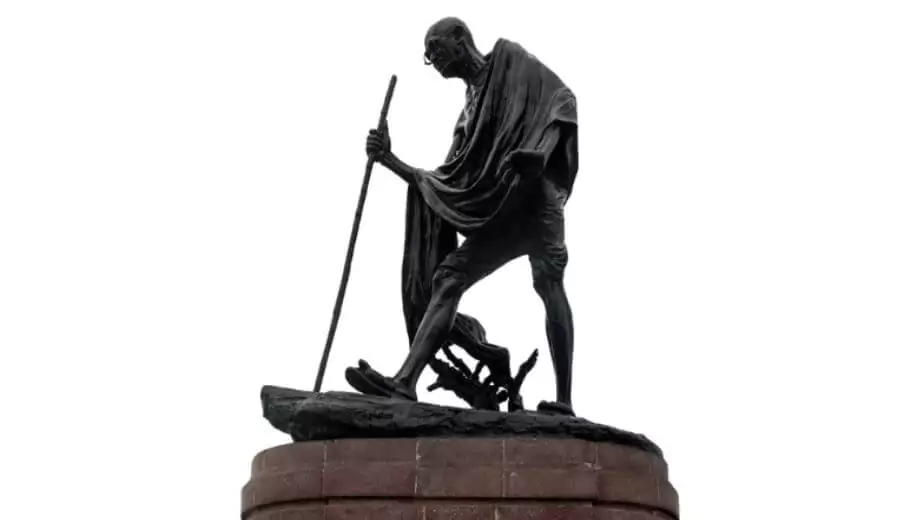
Varanasi also played its part in India’s freedom struggle. The Tulsi Ghat is where Mahatma Gandhi delivered speeches, and there stands a temple where his ashes were kept.
12 Art, Silk, and Savouries: The Cultural Imprint

The Banaras Silk Emporium and local markets shimmer with the famed Banarasi silk sarees. Varanasi’s rich tradition of silk weaving is a cultural heritage many tourists seek to witness and take home as souvenirs.
The city’s gastronomic delights, especially the street food, contribute significantly to its allure. The local chaats, kachoris, and the famous Banarasi paan are not to be missed.
13 The Serenity of the Ghats and the Chaos of the Streets
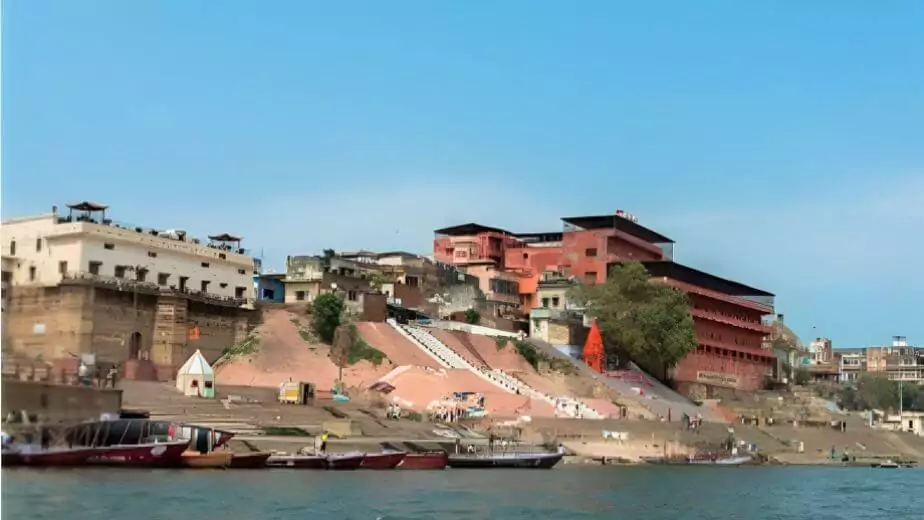
Varanasi is a paradox. The serenity of the Varanasi Shivala Ghat, contrasted with the bustling streets leading up to it, encapsulates the city’s dichotomy.
14 Discovering Varanasi’s Museums and Art Galleries
The Bharat Kala Bhawan Museum within BHU houses a collection of artifacts, textiles, and historical photographs that narrate the city’s storied past. Its collection of miniature paintings and historical artifacts is notable.
15 The Resonance of Festivals
Festivals are the heartbeat of Varanasi. From the grandeur of Dev Deepawali to the colorful festivities during Holi, each event is celebrated with great zeal. Planning your visit around these festivals can provide a deeper insight into the cultural heritage of Varanasi.
16 The Grand Edifices and Sanctuaries of Faith

The Alamgir Mosque, towering over Panchganga Ghat, represents the harmonious blend of Hindu and Mughal styles of architecture, a testament to the city’s historical and cultural confluence.
17 Conclusion: A Pilgrimage for the Soul
In conclusion, to visit Varanasi is to immerse oneself in a realm where every corner tells a story, and every Ghat sings a prayer. It is a place where the divine, the historic, and the human coalesce into a singular experience. From the renowned temples, and the scholarly halls of the Banaras Hindu University, to the tranquil yet powerful presence of the Holy River Ganga, Varanasi offers a tapestry of spiritual and cultural experiences unlike any other. The best time to visit Varanasi, as recommended, falls during the cooler months, allowing for a comfortable journey through this bustling city.
However, Varanasi is not just a winter destination; it is a year-round spectacle of faith. Each season brings its unique flavor to the city’s timeless spiritual journey. The monsoons, though humid, refresh the Ghats with a lively green hue and a renewed vigour in the Ganga’s flow. The summers, while hot, see fewer tourists and thus provide a more personal encounter with the city’s myriad offerings.
Community Q&A
About This Article
This article has been viewed 149 times.


